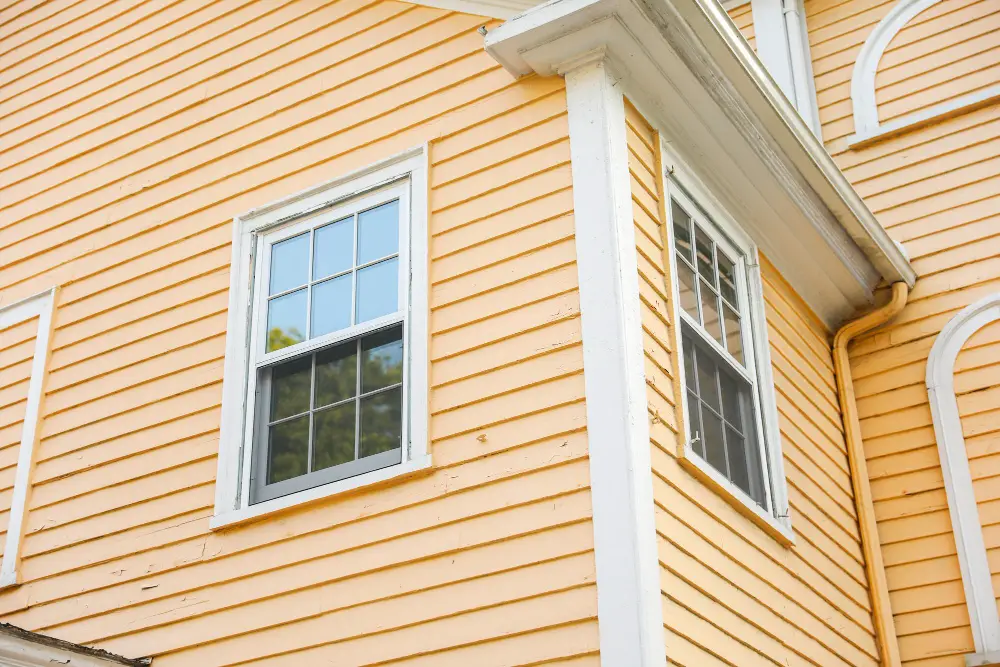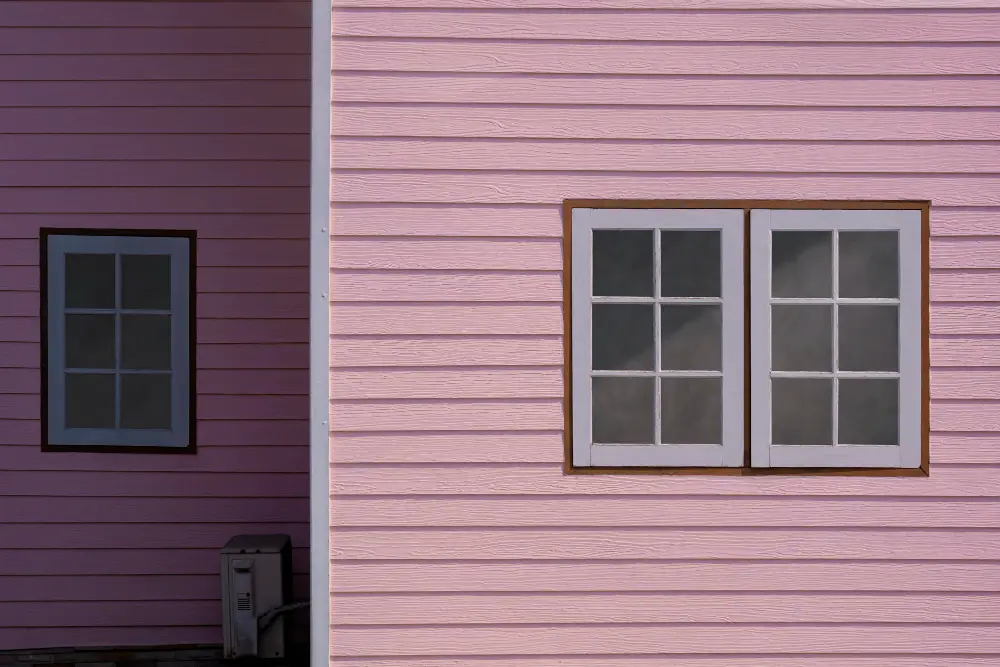We’re not sure if you are aware of the fact of how important your home’s siding is. That’s something that a lot of homeowners have a tendency to overlook, failing to realize that it safeguards them from numerous external elements.
When it joins forces with your roof, it immediately becomes a powerful protection from any outside danger, such as storm, rain, snow, and many other things that could potentially be detrimental to your safety.
That’s why it’s of huge importance to take care of your siding as much as you can and take several preventative steps that are going to ensure no damage is done to your home. If you would like to know what’s supposed to be done, then take a look at these informative tips below.
Pay Attention to See If There’s Any Damage

Let’s start with the basics. This is for sure the first step that needs to be made when it comes to this. Seasoned siding contractors at Northwest exteriors siding suggest inspecting the siding on a regular basis and looking for any signs of damage. By doing so, you’ll spot any detriment on time and prevent it from further ruining your siding.
So how often are you supposed to do this? According to the professionals in the field, you should do it at least two times a year, depending on the material. If by any chance, your siding is relatively old, then it would be smart to do it even more frequently.
For starters, you should check to see if there are any signs of water damage. Why is this so important? Well, that’s because water can easily cause serious damage, so discreetly that it can be often difficult to notice this right away.
And if it persists, it can cause some severe damage that’s going to cost you a lot of money. Wood siding will almost immediately start to crack, brick will show signs of damage through mortar joints that will simply fall off, and stucco siding will begin to break apart.
As far as vinyl is concerned, the situation can be a little bit tricky, due to the fact that you won’t be able to notice right away if water has damaged this material. Therefore, it’s pivotal to thoroughly inspect it and instantly call professionals if you notice any issues with your siding.
When it comes to heavy storms, in these instances, you’ll be able to easily conclude if the damage has been done. Consequently, it would be wise to quickly inspect your siding, right after the storm so you could take the necessary actions right on time and prevent further complications.
Make Sure to Paint and Seal Frequently
If you want to make sure the siding of your house is properly protected, then you should stain it (referring to the wood siding) every five years. Another option that’s at your disposal is to utilize a clear sealer.
What makes these sealers so beneficial? Namely, their main goal is to prevent any moisture damage from occurring, and simultaneously, enable the wood to keep its natural color. If you want to accomplish that, then you’re supposed to do this at least once every two years.
When it comes to the vinyl, you should know that its color won’t last for too long, but don’t despair. Namely, if you want to preserve it as much as possible, then you can do so by employing a first-class exterior latex paint.
We would just like to remind you that in these types of situations, it would be advisable to use a light color because darker ones are not capable of absorbing the sun’s heat which could lead to distortion. Therefore, the best option is to utilize either pale yellow, beige, white, or gray to paint the vinyl.
As far as fiber cement is concerned, we have some great news. Namely, one of its biggest virtues is the fact that it is able to hold paint for a very long period of time, meaning that you won’t need to paint it for at least ten years. If you’re lucky enough, it can even be twenty.
Take Care of Minor Damages

You probably already know that as time goes by, your siding will most likely experience some damage, such as wear and tear. In most cases, something like this is inevitable, however, if you identify all these signs of detriment on time (like loose panels, or holes) you will avoid having serious problems.
If you are currently dealing with damages that are relatively benign, then you can always rely on different DIY solutions. When we say benign damage, we refer to things like cracks, etc. On the other hand, if we’re talking about something that’s severe, then in these instances, the smartest thing that you can do is to contact a professional.
As previously stated, it’s crucial to be diligent about this and take care of even the most minor issues, otherwise, over time, they will turn into bigger problems which will take a toll on your wallet.
Don’t Forget to Clean It
If you’ve executed the inspection of your siding properly and you concluded that fortunately, there are no signs of any damage, then it’s time to roll up your sleeves and clean it. Why is this so important?
Namely, by doing so, you will effectively get rid of mildew, dirt, and many other things that completely ruin the appearance of your home. If you would like to employ something that’s efficient, yet won’t blow your budget, then you should definitely utilize a high-quality power washer.
With this tool, you will easily get rid of all these abovementioned things, and will also be able to reach areas that are generally difficult to access. Generally speaking, power washers are most commonly used on wood and vinyl sidings, however, you can utilize them on brick buildings as well, however, you must be very careful to make sure no damage is done.
As stated in the beginning, siding is one of the most integral parts of your house, and it doesn’t matter whether it is made from wood, vinyl, or any other material, what matters is to take these steps to ensure it is properly maintained.
Related Stories
- Spotting Roof Issues: Tips for Home Maintenance
- 7 Signs It’s Time to Repair or Replace Your Home’s Roof
- The Top 7 Tips for Effective Home Exterior Maintenance
- How to Spot Roofing Problems Before It’s Too Late
- Signs It’s Time for a Roof Replacement
Recap
